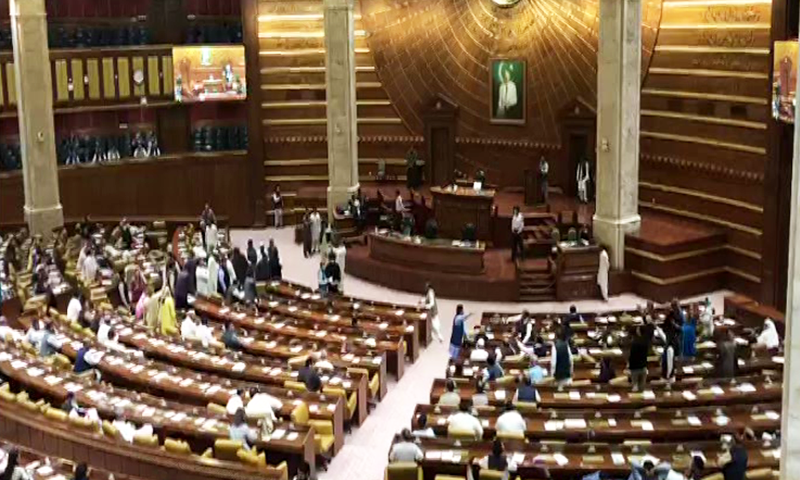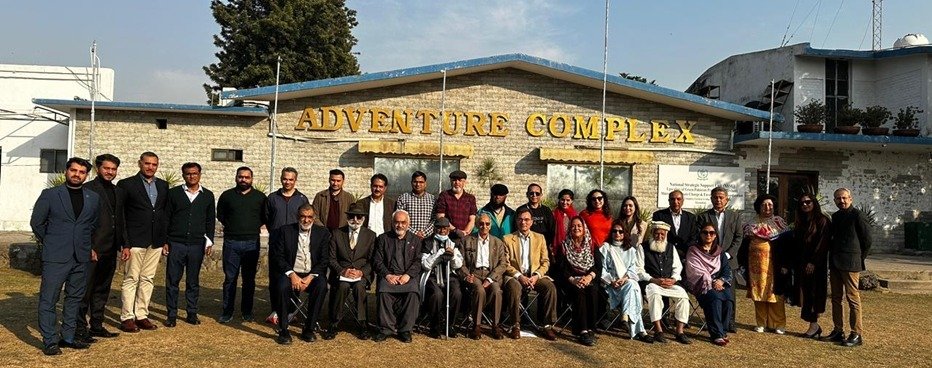
(By Dr. Muhammad Tayyab Khan Singhanvi, Ph.D)
The term “trademark image” here refers to a symbolic or emblematic photograph of a leader one that serves as the cornerstone of their political branding and visual identity as a figure of authority. In contemporary politics, this expression also extends to any visual symbol that transforms a specific event or decision into an emblem of victory, dominance, or narrative control. In this column, the term is invoked with reference to a particular image of Donald Trump, which he projected as evidence of political influence and diplomatic triumph though in reality, the development it purported to signify was far less conclusive than the imagery suggested.
Image vs. Reality: A Diplomatic Disparity
The distinction between the minor skirmish of a trademark image and the diplomatic setback revealed by reality exposes the double-edged nature of global politics itself. On one hand lies the visual narrative a construct that Trump immediately leveraged as a mark of command and political ascendancy and on the other, the tangible reality, embodied in the release of live hostages and a tentative reconciliation between the conflicting sides. In modern statecraft, this tension between image and fact often becomes the very measure of power, empathy, and narrative supremacy.
Global Reactions to the Trademark Image and Diplomacy
The first wave of global reaction to this trademark image and its associated diplomacy is expected to be formal and rhetorical. The United Nations, the European Union, and major world powers are anticipated to hail the agreement as a positive step and commend its implementation within a humanitarian framework. Yet, concurrently, powers such as Iran and various non-state actors in the region will scrutinize the deal’s durability, Israel’s conduct, and the United States’ role with critical precision. Tehran has already underscored the agreement’s fragility, warning the international community that further violations of human rights could easily erode any diplomatic gains.
Regional Power Play and Strategic Interests
The second dimension pertains to the regional balance of power. States like Egypt, Qatar, and Saudi Arabia—each cultivating its own trademark image of regional leadership—are deeply invested in the various phases of this accord. Their motives transcend humanitarian goodwill; they aspire to cement their central role in restoring regional stability, securing peace, and leading the reconstruction of Gaza. However, the sustainability of this reconciliation will hinge decisively upon the interplay of regional interests, Iran’s stance, and Israel’s domestic politics. Any breach of commitment or collapse of trust could swiftly metamorphose soft diplomacy into hard confrontation, plunging the region once again into a vortex of military escalation.
Economic Implications and Investor Sentiment
The third and perhaps most consequential aspect involves the economic ramifications of the accord. Global investors and energy markets are expected to exhibit short-term optimism manifested in slight declines in oil and gas prices, a revival in construction and reconstruction activity, and renewed investment prospects in select sectors. Yet, the precariousness of this truce will likely instill hesitation in long-term financial decisions. For sustainable recovery, the partner nations must devise a transparent, coordinated, and credible economic framework; otherwise, the region’s rebuilding efforts risk being consumed by the volatility of political sentiment.
Domestic Political Leverage of the Trademark Image
Viewed through the prism of American domestic politics, this trademark image of success—partial though it may be—could serve as a temporary “supercharge” within the President’s electoral narrative. He will almost certainly frame it as a triumph of foreign policy, a reaffirmation of national security, and a revival of global leadership. His party is poised to utilize this narrative as a campaign asset for the 2026 midterm elections. Political circles in Washington are already speculating that the President may soon inaugurate a “Golden Moment” campaign, symbolizing the renewal of leadership before the electorate.
Polarization and the Risk of Narrative Collapse
However, this strategy is beset by two major perils. The first is domestic polarization: Trump’s supporters will regard his image as a testament to strength and resilience, while his detractors will denounce it as theatrical exaggeration. In today’s America fractured by social division and political animosity every gesture is received as a half-truth. Media outlets, fact-checking institutions, and political commentators are further inflaming this debate.
Narrative Ownership and Electoral Consequences
The second danger lies in narrative ownership. If the nature of the accord is later revealed to be less original merely a continuation of the previous administration’s initiatives or an impermanent arrangement the credit may shift away from the current leadership. Such an outcome would dilute the administration’s rhetorical gains. Current surveys indicate that American voters prioritize economic stability, social welfare, and employment over fleeting achievements in foreign policy.
Turning Symbolism into Substance
In this light, the coming weeks will prove decisive for the U.S. administration. It must establish a transparent international monitoring mechanism to ensure the tangible implementation of the agreement, thereby converting symbolic progress into genuine diplomatic success. Domestically, it must exhibit concrete progress on the fronts of economy, social security, and energy policy for without substantive results, this triumph will remain nothing more than an image.
The Defining Challenge of the Trademark Image Era
Ultimately, one must conclude that the disparity between a trademark image and ground reality constitutes the defining challenge of modern politics. The world’s political order today is shaped not solely by decisions, but by their visual framing. When imagery aligns with truth, politics gains coherence and stability; when it does not, the narrative devours the fact and that, indeed, is the gravest trial of the contemporary global landscape.
Read more expert opinions on: https://thepublicpurview.com/category/blog/opinion-news/
For climate-related stories, visit: The Green Post





